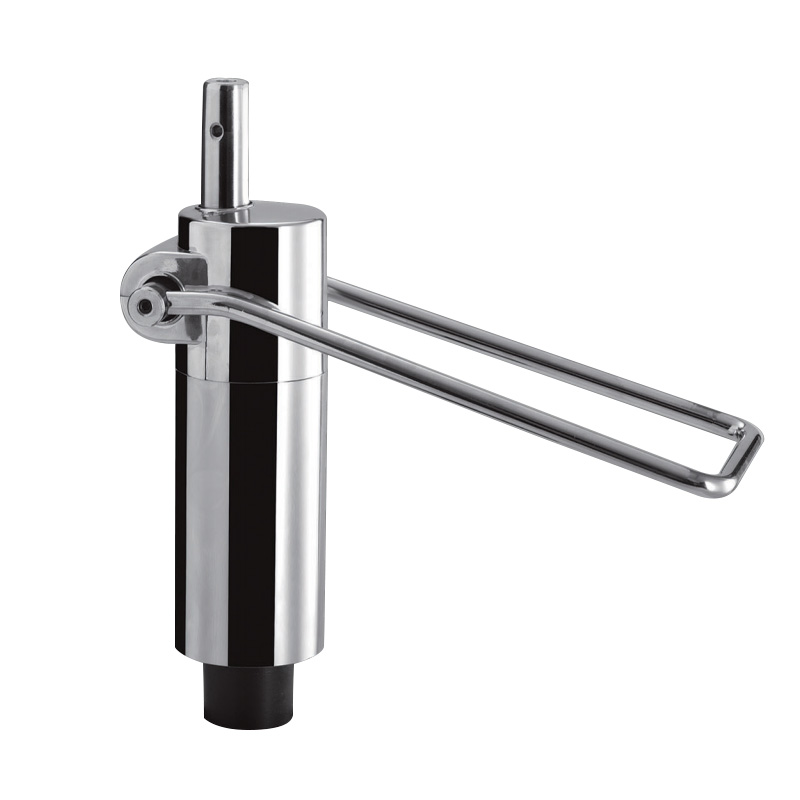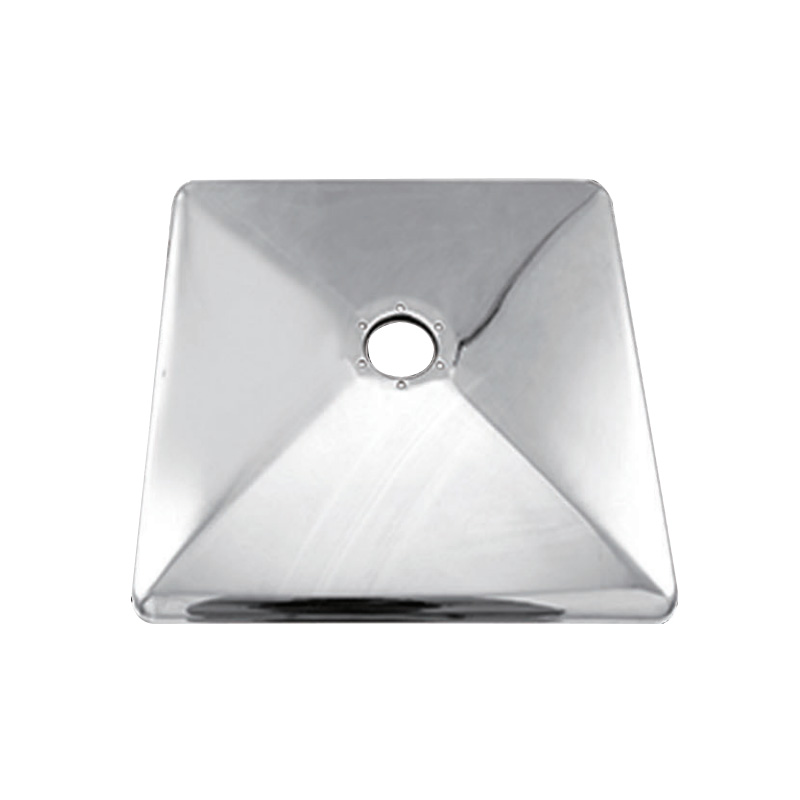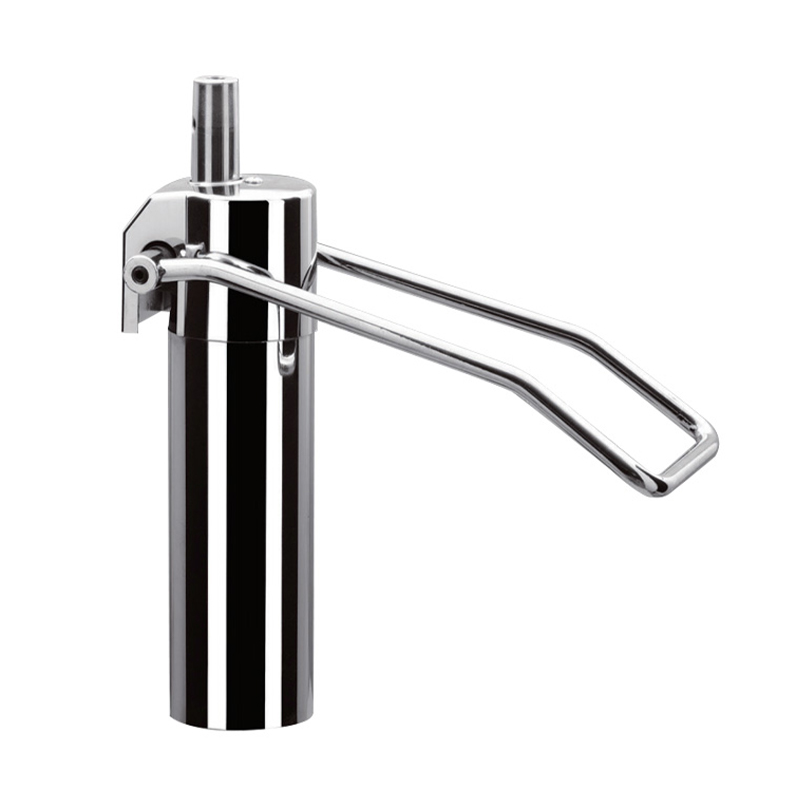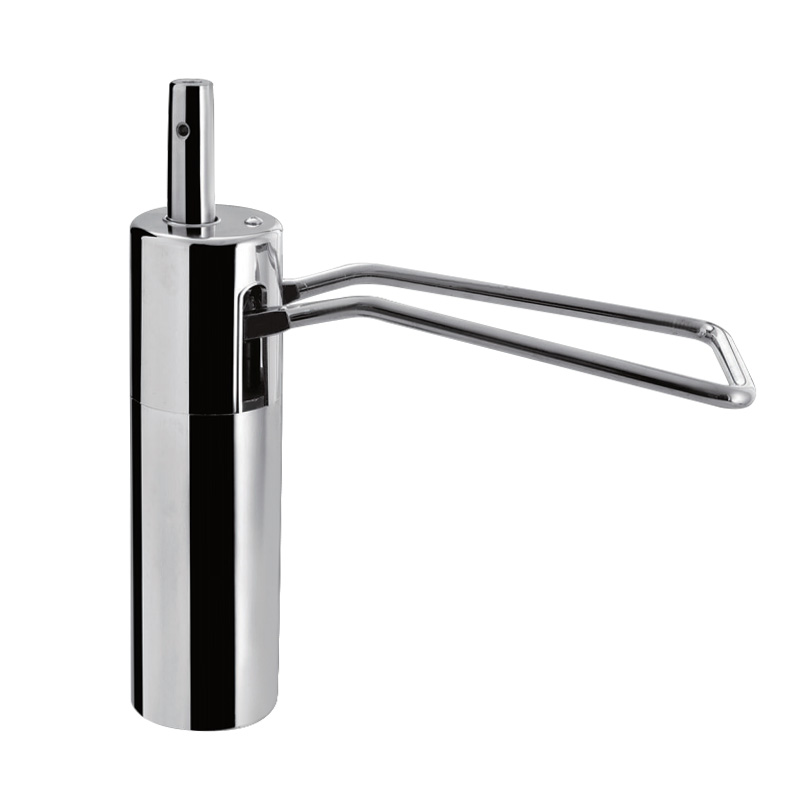Hydraulic chair bases are an essential component in the design and functionality of many modern salon and barber chairs. These bases use hydraulic systems to allow for smooth and precise height adjustments, making them indispensable in environments where comfort, efficiency, and flexibility are important.

The hydraulic mechanism in these bases consists of a piston, a hydraulic fluid, and a cylinder, all of which work together to allow the chair to move up or down with ease. This system operates by adjusting the pressure within the piston, which either compresses or decompresses based on the user's need to raise or lower the seat. This simple yet effective technology ensures that salon professionals can adjust the height of the chair according to the client's preferences and the needs of the stylist or barber.
The performance of hydraulic chair bases is defined by several key factors:
1. Smooth Adjustability: Hydraulic chair bases are known for their smooth and gradual height adjustments, allowing both the client and the stylist to be positioned comfortably. This makes them highly suitable for tasks that require precision, such as haircuts, shaves, or facials, where comfort is essential over longer periods of time.
2. Durability: Hydraulic systems, when properly maintained, are designed to last for many years. High-quality hydraulic pumps and piston mechanisms are made of materials that are resistant to wear, corrosion, and the daily stress they endure in busy salon environments. As a result, they provide reliable service over time without needing frequent repairs or replacements.
3. Ease of Use: One of the significant advantages of hydraulic chair bases is their ease of use. A simple lever or button can control the chair's height adjustment, which is convenient for barbers, stylists, and clients alike. This makes the chair highly adaptable, accommodating clients of different sizes and ensuring that professionals can work without unnecessary strain.
Despite the numerous advantages hydraulic chair bases offer, there are several shortcomings associated with hydraulic salon chair pumps that salon owners and operators should be aware of. While these pumps are generally reliable, they are not immune to problems, and their performance can be influenced by various factors.
One of the primary drawbacks of hydraulic chair pumps is the gradual wear and tear that can occur over time, particularly in high-traffic salons where the chairs are used frequently. The hydraulic pump operates under pressure, and continuous usage can cause the fluid inside the system to degrade or leak. This can result in diminished performance, such as slow or erratic height adjustments, or, in some cases, complete failure of the pump. Over time, the hydraulic fluid can also become contaminated with dirt or debris, which further affects its efficiency. Routine maintenance and occasional replacement of hydraulic fluid are required to ensure functionality.
Hydraulic chair pumps are designed with a certain weight capacity in mind. When a salon chair is frequently used by heavier clients or if the hydraulic system is subject to excessive load, the pump may struggle to perform at its better. This can issues such as uneven height adjustments or the inability to raise or lower the seat effectively. In extreme cases, it may cause the chair to lose stability or cause premature failure of the hydraulic mechanism. For salons that deal with a wide range of clients, choosing a hydraulic pump with an appropriate weight capacity is essential to avoid these issues.
Hydraulic systems are somewhat sensitive to environmental conditions. Extreme temperatures—whether too hot or too cold—can impact the performance of the hydraulic pump. In colder conditions, the hydraulic fluid may become thicker, causing the chair to raise or lower more slowly than usual. On the other hand, extreme heat can cause the fluid to become too thin, quicker wear of the internal components. Salon environments with fluctuating temperatures or humidity levels can exacerbate these issues, requiring more frequent maintenance and replacement of the hydraulic fluid.


 En
En  Português
Português عربى
عربى








